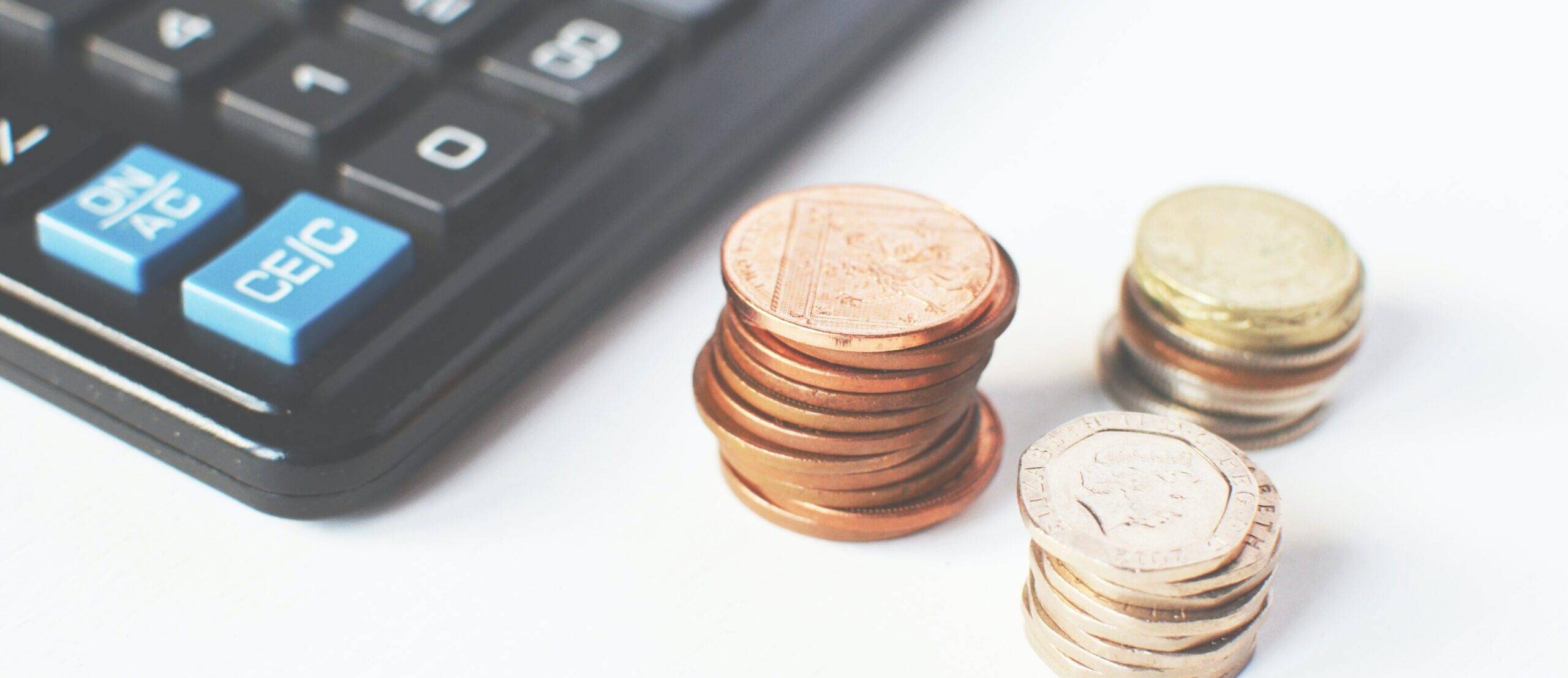An article in the The Times this week has reported on the fact that the freezing of the tax-free personal allowance, basic and higher rate income tax thresholds as part of the Chancellor’s Budget earlier this year’ has brought 1.6million more people into the realms of paying income tax over a period of 3 years.
In addition, almost 5.6million people are now paying higher rate taxes this year, an increase of 40% over the same 3-year period.
Following a reduction in the threshold at which taxpayers pay the additional rate from income of £150,000 to £125,140, the figure paying the highest rate of tax has doubled since 2020-21.
The fact that these thresholds are being frozen until 2028 means that as inflationary pressures see wages rise, more and more people will find themselves paying over a greater percentage of their income as income tax each year- the very definition of a stealth tax, affecting individuals at all levels.
This is good news for the Government – it is estimated that the above will bring in an additional £6.7billion.
Planning Tips for reducing your Tax Rate
Increase your pension contributions – pension contributions will extend the thresholds by the grossed-up amount of personal contributions you make. If you are close to one of the thresholds, increasing your contributions may bring you back into a lower tax rate. Be aware that there are limits to how much you contribute, depending on your earnings. {see our article here}
Salary Sacrifice – discuss whether there are any tax free benefits that your employer can offer you under salary sacrifice – pension contributions work well when done this way by not only reducing your taxable income but also reducing both your own and your employer’s NIC liability. Employer provided mobile phones or payment of certain professional subscriptions are also tax free and could reduce your income if you are able to pay them under salary sacrifice.
Don’t forget to claim Gift Aid – where you make charitable donations, by claiming Gift Aid relief, the tax rate thresholds are increased in the same way as they are for pensions.
Consider tax free investments – interest earned on ISAs will not count towards your overall income level whereas non-ISA income, even if covered by the annual allowances for dividends or interest will.
If you own your own company, consider the timing of dividend – depending on your circumstances, spreading these over a longer period or bunching them together to preserve your personal allowance in every other year may save some tax over a number of years.
What next?
To discuss the contents of this article in more detail or any other tax matter, get in touch with Michaela Lamb or get in touch with the private client team here.





